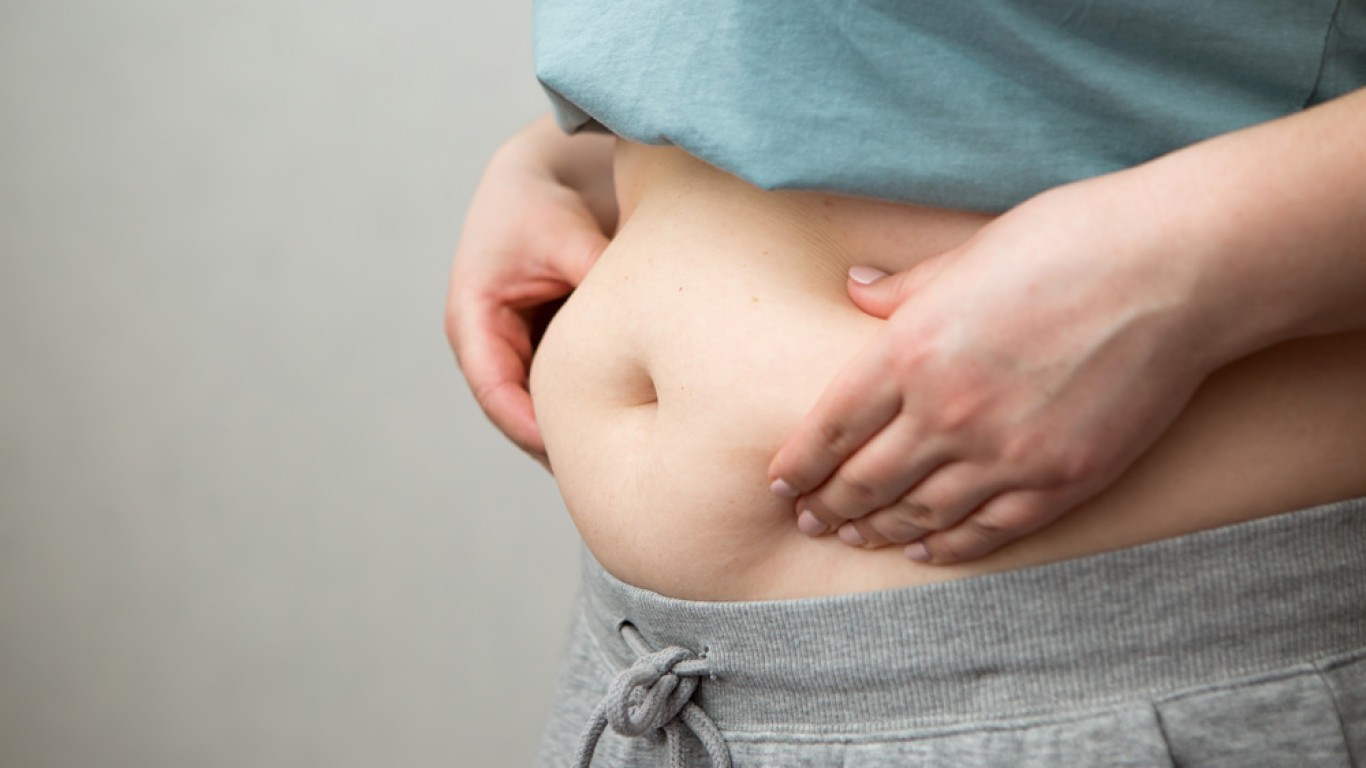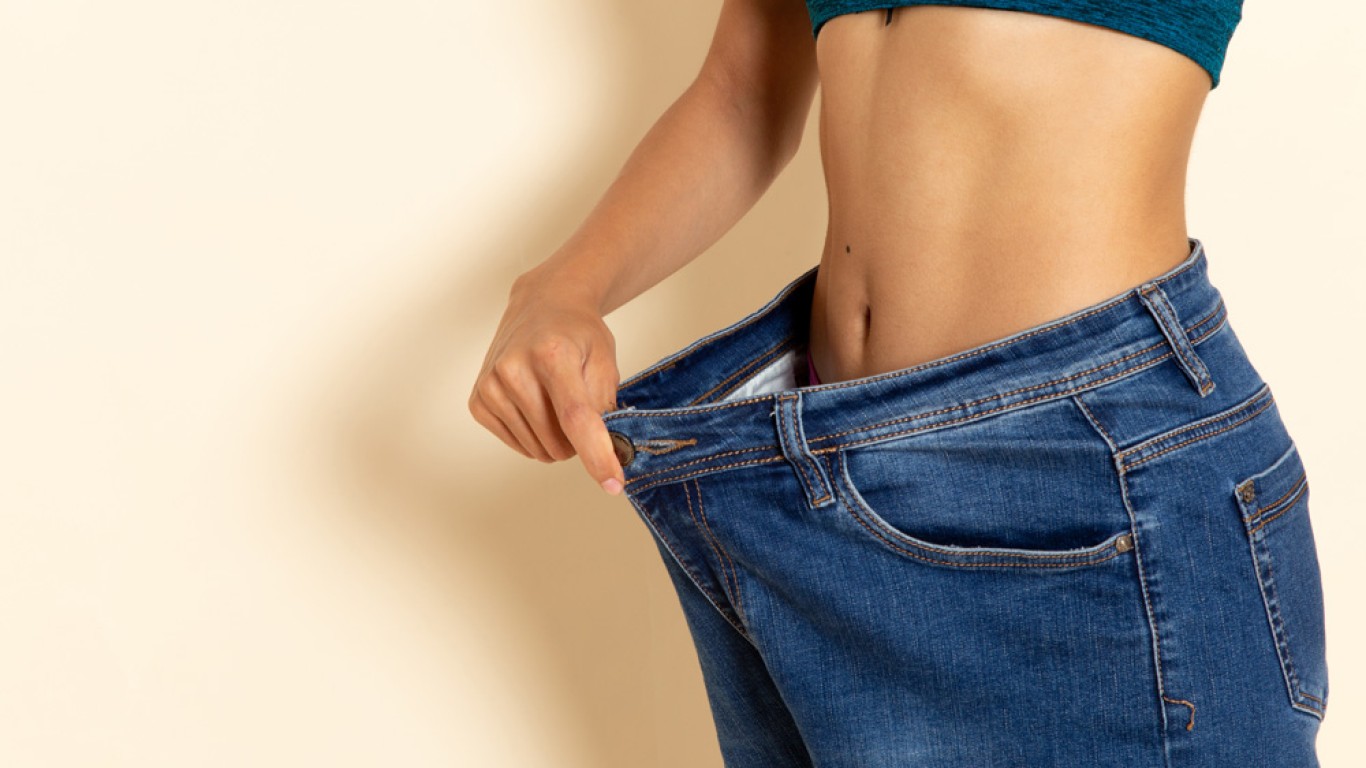Introduction
Choosing between gastric sleeve and gastric balloon procedures can feel overwhelming. Both offer effective weight loss but differ in how they work, how long they last, and what lifestyle changes they require. Additionally, each method suits different people depending on their goals, body type, and health conditions. In this guide, we’ll compare gastric sleeve vs balloon. This will help you decide which one fits your journey best.
What Is a Gastric Sleeve?
The gastric sleeve, or sleeve gastrectomy, is a permanent surgical procedure. It removes around 80% of the stomach, leaving a narrow tube-shaped section. This smaller stomach holds less food and also reduces hunger by lowering ghrelin levels. Additionally, it requires a short hospital stay and a structured recovery period. Patients typically experience fast, significant weight loss within the first year. The gastric sleeve is suitable for those with a high BMI who need lasting change.
What Is a Gastric Balloon?
The gastric balloon is a temporary, non-surgical weight loss method. A deflated balloon is inserted through the mouth and then filled with saline or gas. It remains in the stomach for six months, helping you feel full faster. Additionally, the procedure is quick and performed under sedation—not general anaesthesia. The balloon is removed after its time limit - weight maintenance depends on your habits afterward. It suits people looking for a kickstart rather than long-term surgical changes.
Gastric Sleeve vs Balloon: Comparing Weight Loss Outcomes
When comparing gastric sleeve vs balloon, one key difference is how much weight you’ll lose. The gastric sleeve usually results in greater long-term weight loss—up to 60–70% of body weight. Additionally, this weight reduction is typically sustained if you follow lifestyle changes. Alternatively, the gastric balloon results in 10–15% of total body weight loss over six months. While both options work, the sleeve offers more dramatic and lasting changes for suitable candidates.
Gastric Sleeve vs Balloon: Duration and Reversibility
Another major difference is the duration and reversibility of each procedure. The gastric sleeve is permanent—you cannot reverse it once part of the stomach is removed. Additionally, it changes your hormone levels and metabolism. On the other hand, the gastric balloon is fully reversible. It’s removed after six months, though results depend on whether healthy habits continue. For those unsure about surgery, the balloon offers a trial experience with fewer long-term changes.
Gastric Sleeve vs Balloon: Surgical vs Non-Surgical
The gastric sleeve is a surgical operation requiring general anaesthesia and incisions. You’ll spend one to two nights in the hospital and need recovery time. Additionally, there are dietary stages to follow during healing. In contrast, the gastric balloon involves no surgery. It is placed via endoscopy and takes about 20 minutes. You can often return home the same day. This makes it appealing for people who want a less invasive approach with quicker recovery.

Eligibility and Health Requirements
Not everyone qualifies for both procedures. The gastric sleeve is typically recommended for individuals with a BMI over 35. It’s also recommended for those with health conditions like type 2 diabetes or hypertension. Additionally, it’s suitable for patients who’ve struggled with long-term weight management. The gastric balloon is often an option for those with a lower BMI (27–35). It is also a good option for those who want to avoid surgery. A consultation will help determine which method best suits your circumstances and weight loss goals.
Lifestyle Changes and Discipline
Both procedures require commitment to lifestyle changes, but the level of discipline varies. The gastric sleeve creates physical limitations that support long-term habits. Patients feel full sooner and eat less naturally. Additionally, the reduced appetite helps maintain results. With the balloon, the restriction is temporary. Once it’s removed, patients must continue their diet and exercise plan independently. Without ongoing discipline, weight can return quickly.
Nutritional Support and Follow-Up
After both procedures, regular follow-ups with your medical team are important. Gastric sleeve patients often work with dietitians and attend check-ins for at least one year. Additionally, they may need supplements due to decreased nutrient absorption. Balloon patients require support mainly during the balloon’s time inside the stomach. Follow-up may be shorter but should include nutritional guidance and behaviour coaching to sustain results.
Gastric Sleeve vs Balloon: Costs and Accessibility
Costs vary widely depending on the country, clinic, and support packages. Gastric sleeve surgery is more expensive because it’s permanent. It also involves surgery, hospital stay, and more aftercare. However, many patients see it as a long-term investment. The gastric balloon is less costly upfront. However, you may need it repeated or combined with additional support later. Additionally, both options may be more affordable in medical tourism destinations like Turkey. In countries such as Turkey, high-quality care is available at reduced prices.
Psychological Readiness and Expectations
Mental readiness is vital for success with either procedure. Patients must be ready to change habits and manage expectations. The gastric sleeve often appeals to those committed to a full lifestyle overhaul. Additionally, it’s better suited to people prepared for surgery and structured recovery. The balloon may suit individuals hesitant about surgery or seeking a temporary reset. Understanding your mindset can help guide your decision between gastric sleeve vs balloon.
Conclusion
Both gastric sleeve and gastric balloon procedures offer effective support for weight loss. However, they’re suited to different needs. The sleeve offers permanent, substantial results for those ready for surgery and long-term change. The balloon provides a non-surgical, temporary option for people looking to jumpstart weight loss. Additionally, your decision should reflect your health, goals, and readiness for change. A medical consultation will guide you toward the most suitable path for lasting success.
For more information and to book a consultation visit the ACIBADEM Beauty Center Obesity Surgery page.
Frequently Asked Questions
Gastric sleeve results in greater, longer-lasting weight loss compared to the gastric balloon.
Yes. Some patients use it to lose weight and improve safety before a more permanent procedure.
Both are considered safe. However, the balloon is less invasive and has a shorter recovery time.
You must maintain diet and exercise habits to keep the weight off after balloon removal.
You may feel some discomfort after surgery, but pain is manageable with medication and care.














